(This blog is not for profit. All copyrighted images belong to their respective owners and are used for review. New to the blog? Start on the introduction.)
My mother has said that she could count the number of generations that have passed since people have inhabited this land on her fingers, but the mark we’ve made on it already seems irreversible.
Mother tells me that her parents told her there was a time when this whole land seemed endless; the thought of fighting for food and land seemed impossible. But here we are, the last surviving members of our tribe, destroyed by another clan who seemed to only want our land.
I listen to the crackling of the fire, feeling its warmth protect me from the cool of the night. Mother lays across from me, asleep. We rest in shifts, with one always awake and alert. The reasons for this are many. Someone needs to make sure the fire stays alive; its heat is the only thing keeping us through the nights. But someone also needs to keep awake in case of danger. The things that can kill us out there are numerous. The tribe that killed my family could still be around. Fire gives away our location, but we can’t survive the nights without it. But as much as I fear man, Nature scares me even more.
There’s a reason our entire culture revolves around nature and the animals around us, man is so small compared to it. The fact that we have cockered even a part of it amazes me. I remember when the men of our tribe would go on long hunting trips, sometimes they would be gone for days. They would always return with something. Usually it was deer, peccary, elk, or antelope; other times it would be something as small as a few turkeys or fish. Other times we had something bigger; they would return with slaughtered bison from some of the longer trips. But sometimes, they would return with a slaughtered mammoth or mastodon. These rare successes lifted our people in celebration, with ceremonies going on for days on end. The elders would bring praise to Nature for the meal it provided, the hunters would recount tales of their hunts and the excitement of killing a mammoth. Everything from the beast was used; all the flesh was eaten, the bones were cut into tools and used to make shelters, and we carved ornaments out of their tusks. The whole process was an event, for simple man using only his wit and skills took down a beast strong enough to crush him in a single step.
But if there were creatures we respected more than the mammoths, it would be the predators we shared the land with. The boys of my tribe, when they reached a certain age, were tasked to venture out into the wilderness and take down a predator on his own. This rite of passage signified man’s dominion over nature, and proved our place as the apex predator. Many young men died, but several where successful. They would return to the village wearing the hide of the animal, and the creature they killed symbolized the man they would become. If he returned with a wolf, it meant he was a problem solver and a tactical thinker. A bear meant he would become a brave warrior. A lion would represent great wisdom. The beautiful markings of a jaguar hide symbolized virility, making that young man quite popular with the women of the tribe. But the most coveted trophy was the hide of a sabretooth. The sabretooth may not be the largest of the predators around us, lions and bears outclass it in size and weight, but it makes up for it in pure ferocity. No predator seems quite so eager to hunt and kill people than they are. Bringing one back to the tribe grants a man immediate respect.
I’ve never been on any such hunt. Only the men are to perform this rite of passage. Women are tasked in gathering food from the plants, not hunting live prey. My father, however, made sure my mother and I knew some pretty important things. He taught us how to fashion spears from rocks and wood, he taught us how to make a bow and arrow from simple things provided by Nature. But more importantly, he taught us how to use them. We’ve hunted and killed small game before; squirrel, rabbit, quail, that sort of thing. We already knew how to slaughter it; women were tasked in preparing the meat anyway. He taught us how to make fires, build snares to trap small animals; if it weren’t for his teachings Mother and I probably wouldn’t still be alive.
He died defending our home from the invaders.
I once again looked at Mother, who was still fast asleep. She had long black and grey hair, and two eagle feathers were braided into it. Condor feathers were braided into mine; they were a symbol of us being the family of the tribe leader. Father wore feathers from the great Thunderbird, the biggest thing in the sky. Nature shaped everything we lived for. Nature shapes everything we survive on. We are molded by it, constrained by it. We may think we own or have conquered some part of it, but Nature is always still in control.
Rustle…
Something’s in the bushes.
Instinctively, I pick up my spear. Since we’ve been on our own, we haven’t run into any large animals, and this rustling doesn’t sound like a chipmunk. I hear a low, sniffing noise, like some animal is smelling the surroundings. We had caught an animal earlier today; a small rabbit, which we cooked and ate that evening. The smell must have attracted something. The rustling grows louder, and I am suddenly greeted by glowing yellow eyes as a dark figure moves closer into the light of the fire.
It is a wolf, greyish brown in color. Strangely, it looks a bit smaller than the wolves I’ve seen before. It’s not a kid, she’s clearly and adult, but it doesn’t look nearly as robust as the wolves men have brought back to the village as trophies. She continues to sniff the area around our camp, paying no real attention to me. I continue to keep my eyes on her.
“Mother, wake up” I whisper under my breath.
No response.
I kick some dirt her way, trying to get her attention. This sudden action perks the interest of the wolf, who suddenly lifts her head from the ground and terns her attention towards me. Mother finally begins to awaken.
“Kwila, what is it?” she mummers, still half asleep.
“Shh, it’s a wolf” I say to her, my spear still firmly in my hands.
This gets her attention. She raises her heads, and her eyes lock directly with the wolves’. All three of us stand still, waiting for one or the other to make a move. The wolf doesn’t act aggressively, she seems more curious than anything. But she won’t leave. She obviously wants something.
“Give it the rabbit” Mother says.
I look behind me, and I see the remains of the rabbit we slaughtered from earlier. Not much was left of it; mostly hide, bone, and marrow, but perhaps it was enough to satisfy this curious creature. I slowly lean towards the rabbit remains, trying not to startle the beast in front of us. Suddenly, she emits a low growl, possibly threatened by my movements. Without thinking, I throw the rabbit carcass her direction. It lands with a thud in front of her, and the wolf jumps back in surprise. I bite my lip in anticipation. The wolf then leans forward, sniffs the dead rabbit, and then carries it off in her mouth. She turns around and ventures back into the forest. Mother and I breathe a sigh of relief.
“Mother” I say softly.
“Yes…” she responds.
“It’s your turn to stand watch.”
*********

The La Brea Woman is a story about Kwila, a young Paleo-Indian woman who must learn to survive on her own in the wilderness of Pleistocene Western North America. Her father Twakumsah, leader of her tribe, was killed protecting his family from an invading clan. In the end, the only survivors of the attack were Kwila herself and her mother, Yana. The two end up trying to survive in the wilderness on their own, and eventually Kwila has to learn to fend for herself. Thankfully, Twakumsah taught his wife and daughter basic survival techniques, despite tasks such as hunting and fighting were traditionally taught only to the men of the tribe.

Paleo-Indians hunting Mastodon.

Stalking a herd of buffalo.
Men were taught from birth the way of survival, as they were expected when they grow up to take part in providing for the tribe; and back then that meant fighting against threats and hunting large game. Most of the time they would only hunt smaller creatures, but every once and a a while a buffalo, mastodon, or mammoth would need to be taken down for the good of the tribe. These hunts were long, arduous, and quite dangerous. So it was a big deal when the men were successful in taking one down.
The people of this story respect nature, in that Nature itself is their deity. The tribe celebrates after a successful hunt; praying to Nature for the food it has provided, as well as paying respect to the danger it holds. But the people pride themselves for conquering the wilderness every day they live, so much so that boys in the tribe have to prove themselves as valiant hunters as a right of passage.
Back in the Pleistocene, western North America had an ecosystem rivaling the biodiversity of modern sub-Saharan Africa. Strangely enough, this land seemed to also have an abnormally high density of carnivores. Inspired by an ancient African Maasai tradition of young men going out on their own to kill a lion as a rite of passage, I decided to write a similar ritual into the story as well. In this tribe, young men are to go out and kill a dangerous predator to prove themselves as men. But since there were so many different predators living in that time period, I decided it would be interesting to assign different meanings to which ever creature was killed.
Canis dirus, the Dire Wolf. This ancient breed of wolf lived in North America during the Pleistocene and was much bigger and more robust than the modern wolf.
If the boy successfully hunted a wolf, it was said that he would become a strategic and tactical thinker. This takes into account the pack hunting coordination that wolves do partake in.
Arctodus, the Short Faced Bear; the largest bear to ever live. Before grizzly bears inhabited Western North America, it was this beast that terrorized the plains.
If was bear was killed, it would signify the boy would become a brave warrior. This takes into account the bear’s raw brute strength and ferocious savagery, akin to a titanic man embraced in combat.

Panthera atrox, formerly known as the ‘American lion’ has since been discovered to be distinct from any modern big cat species. Was the largest big cat to ever live.
I had lions represent great wisdom, as several cultures in the past have painted lions as noble and majestic beasts.
Panthera onca augusta, the Pleistocene North American jaguar. Jaguars, now restricted mostly to the Amazon rain forest, once inhabited much of North America. They survived in the Southwest all the way up to modern times, and every now and again the state of Arizona reports a sighting.
Jaguars in this tribe represent virility, in other words it makes the man sexy and ensures his babies will be healthy. Honestly, I decided on this based on the fact that leopard print is used so much on lingerie.

Smilodon fatalis, the infamous Sabretooth Tiger. One of the most abundant carnivores of Pleistocene North America.
I decided to give the sabretooth tiger the highest of honors as being the most respected predator to the tribe. However, this was not due to the creature’s fame in modern eyes. Despite being smaller than the American lion and the short faced bear, it had a unique look that distinguished it from any other predator. Those large canine teeth must have really stood out, making it probably the easiest target for reverence.
Although those are the only predators I mentioned in the story, there were several others that inhabited this area that I didn’t have time to mention/couldn’t think of a gimmick for. There was a second species of sabretooth that lived in North America at the time called the scimitar cat.

Homotherium, the scimitar cat. Related to the sabretooth cat, but which less pronounced canines.
Despite it’s abnormally long teeth and being the size of a lion, I couldn’t think of that much that made it distinct compared to the other carnivores. Perhaps the tribe sees the scimitar as the sabretooths ‘little sister’?
Miracinonyx, the American cheetah.
A cheetah-like cat known as Miracinonyx also inhabited the plains and prairies of this time, but since the modern cheetah doesn’t really pose much of a threat to humans, I decided that this tribe probably wouldn’t find much pride in the successful killing of this creature. (Than again, it’s speed may make it difficult to capture, thus granting the hunter fast reflexes and wit?)
And yes, just like today, the mountain lion also roamed the American west. However, this cat is quite small in comparison to the other predators living at the same time, and I just couldn’t think of anything significant to symbolize it with. Of course, that isn’t to say that this animal won’t have anything to do with my story….

Kwila’s immediate family also symbolize their respect for nature by adorning themselves with the feathers of large birds of prey, something that symbolizes them as being the family of the tribe leader. Kwila wears the feathers of a California condor, a large bird of prey that once inhabited much of the American west but is now critically endangered.

Kwila’s mother Yana adorns herself with the feathers of a bald eagle, one of America’s most recognizable creatures.

The giant Woodward’s Eagle, one of the largest birds of prey to exist, fending off a dire wolf.
The feather that Kwila’s father adorns himself with comes from what they call a ‘Thunderbird’, a mystical creature from Native American mythology. However, the feather actually belongs to a now extinct bird of prey known as Woodward’s Eagle. With a wingspan of close to 10 feet, it was one of the largest eagles to ever live. I like to think that a creature like this might have inspired those Native American legends.
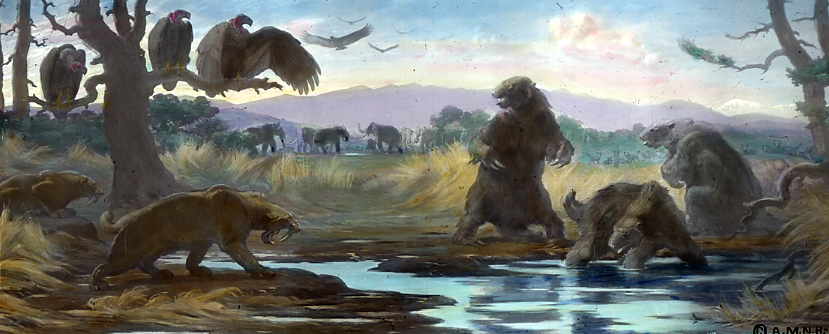
The La Brea Tar Pits. Animals pictured include the sabretooth tiger, giant ground sloths, giant condors, and Colombian Mammoths in the background.
One of the major reasons I wanted to write this story was because a depiction of the wildlife that lived in America thousands of years ago as accurately as I could. Most films that take place in the ‘Ice Age’ mixed together fauna that never lived in the same place or time in locations and environments they would have never encountered. I personally find the truth a lot more interesting, and good research can really add to a story’s credibility. I did much research on the wildlife that inhabited the American west around 15,000 years ago. I looked at the fossil records in places such as California, Texas, Utah, and Arizona. I also took a look at the wildlife that inhabits those areas now, as much of those animals would have probably been there several thousand years in the past as well. My best resource was probably studying the fossil records of the La Brea Tar Pits in Las Angeles. That fossil site has possibly the most complete record of the animals that inhabited that area during the Pleistocene, with fossils of giant mammoths and Smilodons all the way down to tiny rodents and insects. All the creatures I plan to depict in this story lived in the American West during the late Pleistocene. I want as few anachronisms as I possibly can.
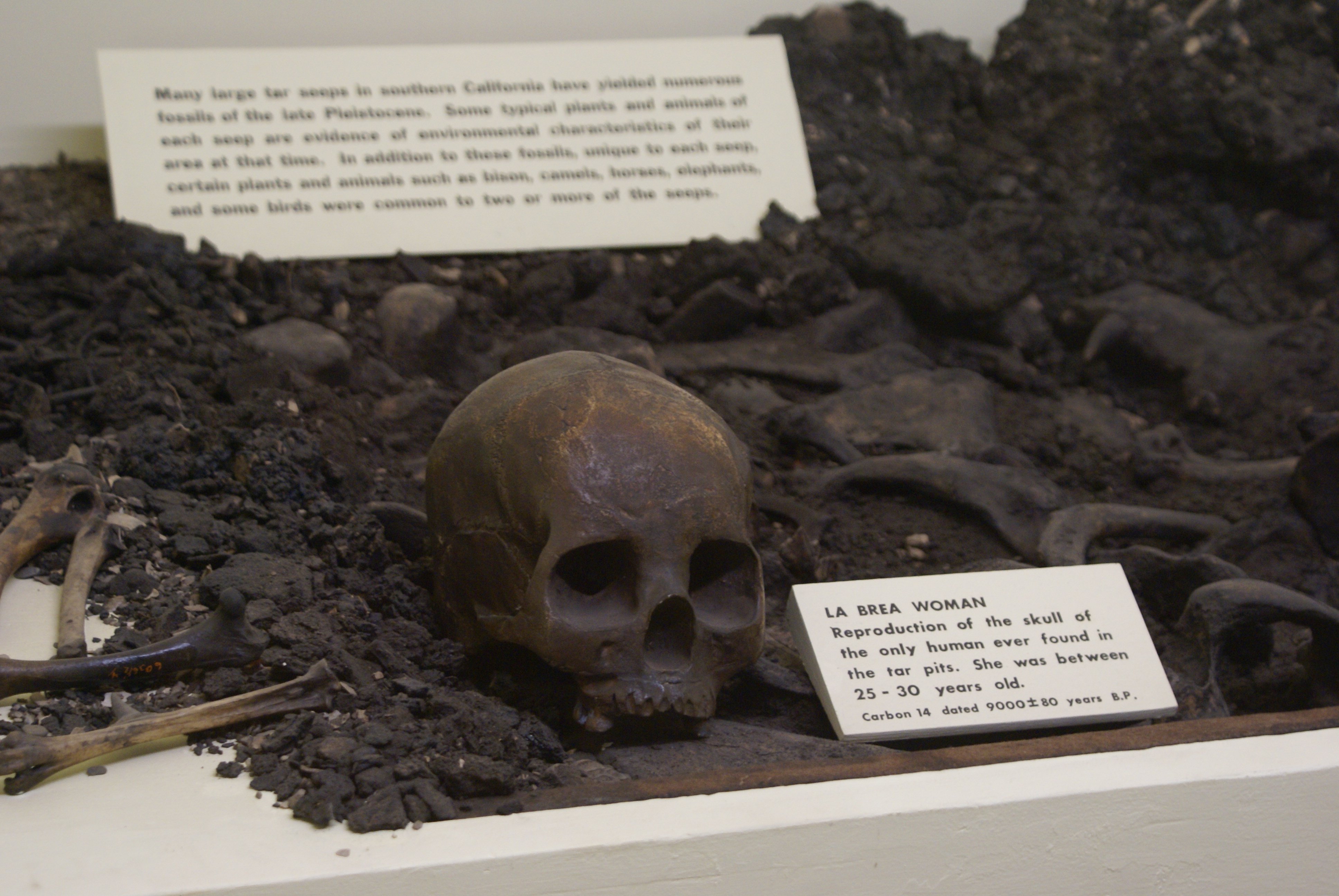
The actual name ‘The La Brea Woman’ comes from an actual discovery of human remains discovered in the La Brea Tar pits from a young female Paleo-Indian; dubbed the ‘La Brea Woman’ by her discoverers. Her bones are the only human remains that have been found in those tar pits. However, her bones are carbon dated to be about 9,000 years old, 10,000 at the earliest. At this point most of the more interesting megafauna had already gone extinct. I decided to age her up by a few thousand years. putting in her a time when her people were among the first to settle North America and the great Ice Age beasts were still thriving. This is one of the few cases of artistic license I use.
The remains of this woman were discovered with the fossil of a domesticated dog, which got me thinking of another element I could add to the story. The wolf that shows up toward the end of the story actually shows up several times in my outline, and he may or may not form a companionship with Kwila.

I decided to describe him in the text as visually different from the other wolves Kwila has seen, being somewhat smaller and not as robust. That’s because the wolves Kwila is most used to seeing are the prehistoric dire wolves, while this wolf is actually an ancient version of the modern gray wolf that still roams parts of North America today. It is not known when the gray wolf first entered the Southwest, and it is thought that the dire wolf remained dominant in this region until their extinction 10,000 years ago. But dire wolves and gray wolves are both present in the La Brea tar pits fossil record, and it is possible that gray wolves slowly expanded their range into the dire wolves territory from the north into the south before the gray wolf took hold as the dominant species. Perhaps this is the first gray wolf Kwila has ever seen.
My purpose for writing this story is to immerse the reader into a wild and untamed wilderness, and make said wilderness as realistic as possible. Kwila’s story is that of a young woman rising up to prominence in a patriarchal society. In most stories like this, the girl has to prove her strength against a disapproving male. In this story, she mostly has to prove her strength to herself, being made evident by the mere act of surviving. She doesn’t need to say that she is as tough as any man, her actions prove that without words. Writing a character like this is extremely difficult, but it’s a challenge I am excited to take.
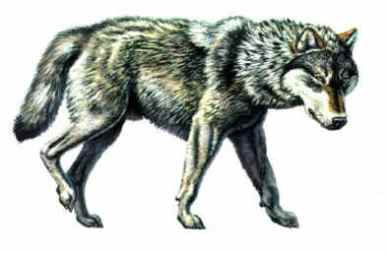
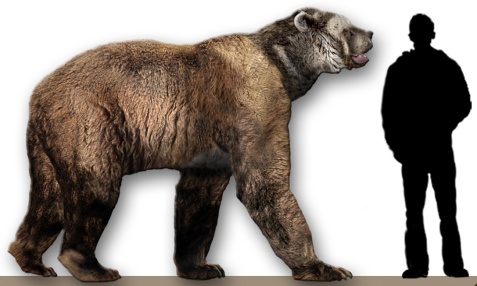
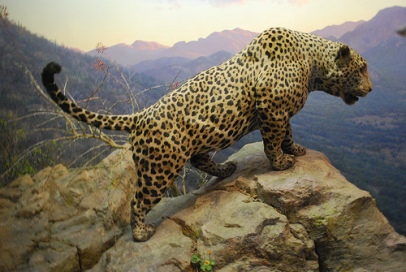
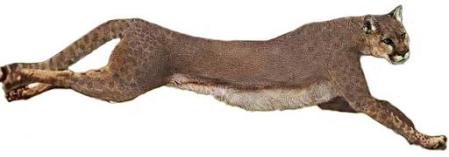
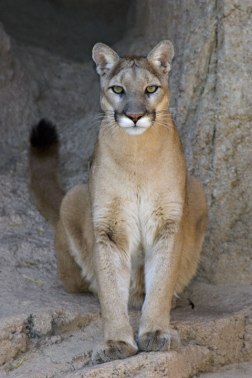
I really like the idea of this story, very excited to see where you go with this. It reminds me of a book I always really liked, 11,000 Years Lost by Peni R. Griffin. Her story is a bit more fanciful, as it involves time travel, but they’re both set in the Pleistocene American southwest. Honestly, yours is much more detailed, and like i said, a bit more on the realistic side, but i’d recommend you look for the book, or at least read a summery online. Again, great story and can’t wait for another installment 🙂
LikeLike
Thanks for the kind words. This is actually a part of a writing project I’m doing for an English class, where I had to write some original stories and read it to the class. These two stories were the ones I read. For my final I had to put them on a blog with some additional stuff added. I hoped people wouldn’t mind too much that I posted them here, but I’m glad they still fit the overall theme.
LikeLike
That is an awesome story, you have real talent for writing. Good representations of Pleistocene humans are very rare, but I think you did a good job of it. I love how you used real fossil evidence in the story. But…wait, does that mean that Kwila dies at the end?
One point though… I know you don’t like Land Before Time style ‘baby names’ for extinct animals, but I find it unlikely they would have called Smilodon a ‘sabretooth’ like we do today.
Also, what if they used Smilodon fangs as weapons or something? That would be really cool.
Again, awesome story. Loved it.
LikeLike
Well, they’re obviously not speaking English, so I’m just replacing whatever there word for sabretooth is with something that we understand. I don’t think the term sabretooth is that big of a stretch, it’s not like I’m calling them Smilodon. My basic rule for the story is not to use any scientific names.
LikeLike
I should have commented like two weeks ago or something, but you know; college finals. Anyways, I find this idea of yours to be very interesting. I could only be bothered by how our cultural heritage may influence the story. I very much wonder how humans in the new world had adapted to an ecosystem that their presence had changed as they ventured into the land. Going off what you’re saying though, this seems to be a time soon after the introduction of humans to the Americas, so that large animals are not so scarce; am I right?
LikeLike